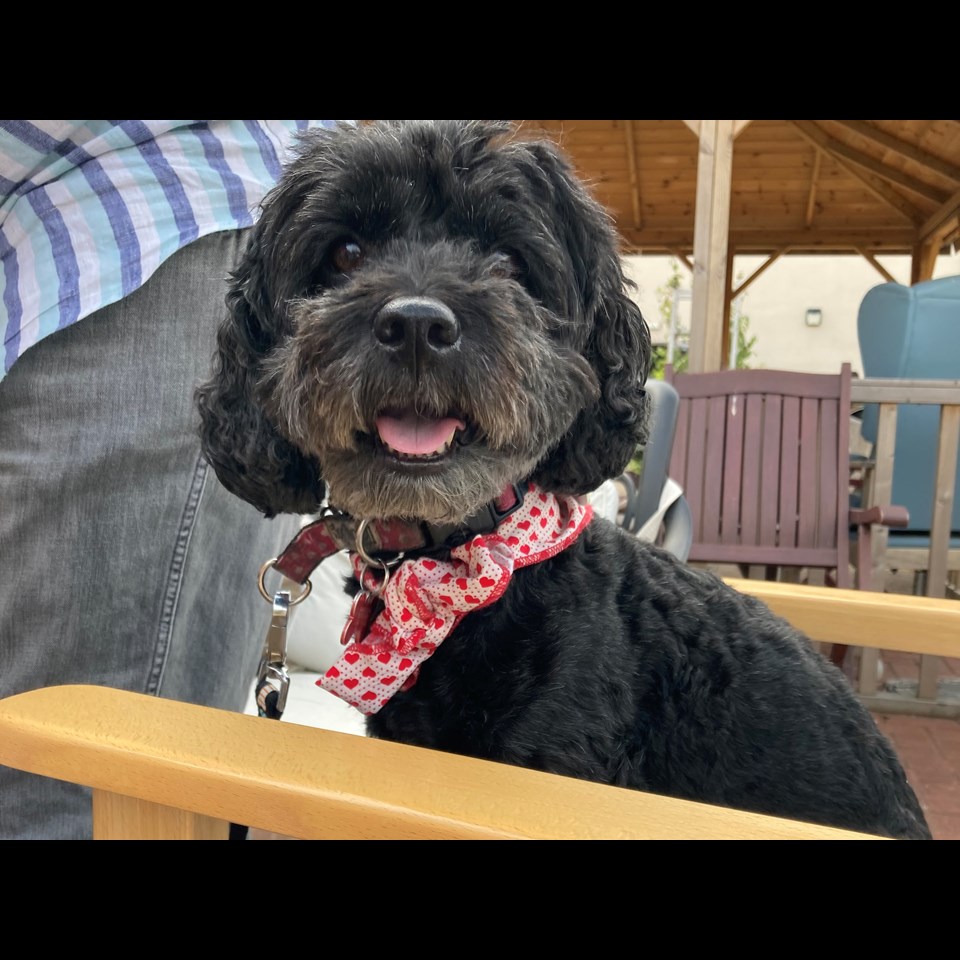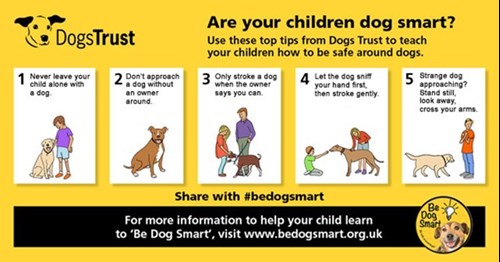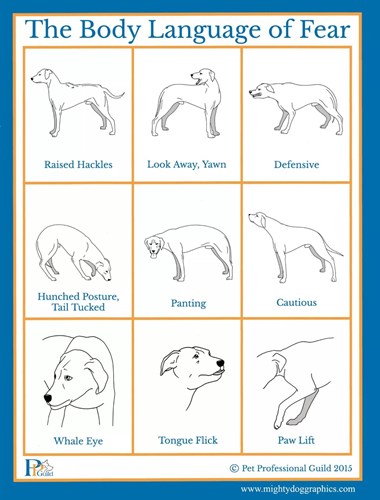Kirstie is the Professional Development Lead Health Visiting and Infant Feeding Lead for Berkshire Healthcare
Keeping safe around dogs

Our dogs are part of the family, aren’t they? I have two dogs and couldn’t imagine my life without them.
But there are some shocking statistics about the safety of dogs. There has been a 34% increase in the number of attacks in the in England and Wales over the last 5 years. Between April 2021 and March 2022 there were 1,516 attacks on children.
So what can we do to keep both our children and our 4-legged babies safe?
The RSPCA ask you to remember these golden rules:
- Stay with your children around dogs. Never leave your child alone in the same room as a dog, even your own. Close supervision is the most important thing to keep children safe. Always watch, listen and remain close when your child is with a dog. Separate them by throwing a toy or treat for the dog if either the dog or child seems unhappy. Set up safety gates or keep your child or dog with you if you can't be around at certain points.
- Interact with dogs at the right time; teach your child not to approach dogs when they are:
- Eating or having a treat
- Have a toy or something else they really like
- Sleeping or in their bed
- Unwell, injured, or tired
- Blind or deaf
- Be gentle. Teach your child to be kind and polite to dogs and calm around them. Don’t let your child climb on dogs, pull their ears, or do anything you wouldn’t allow them to do to another child.
- Play nicely and teach tricks. Teach your child how to play nicely with your dog and help your child to teach tricks if they are old enough. Keeping them mentally and physically stimulated will help to keep them happy.
- Give your dog space if they need it. Supervise your child when they are with your dog – if your dog looks unhappy, let them go somewhere they feel safe and happy.
- Don’t let your children approach dogs they don’t know.
- Remember that dogs need a break sometimes! Give your dog a cosy spot in quiet room and teach your child to leave your dog alone when they’re in a private spot.

Understanding body language
Understanding dog body language is key to building a positive relationship with your dog. If you take some time to learn what your dog is trying to communicate, it can help keep everyone safe. For instance, most people don’t realise that a dog growling is their last attempt at warning us before they resort to a bite. And a tail wag isn’t always the sign of a happy dog!
It can help to print out a dog body language chart such as the ones at the bottom of this page and place it somewhere easily visible in your home so that the whole family can learn. Understanding their communication signs can greatly enhance your relationship with your furry friend as well as reduce the likelihood of developing behavioural problems. Also have a read through this page from the Dogs Trust to learn more abut how you can read your dog's body language and understand how they are feeling (opens in new window).
Introducing your dog to your new baby
If you’re about to have a baby, it’s important to prepare your dog too for the arrival.
A new baby into the home is going to be a huge disruption to your dog’s normal routine, which will make them feel less secure. Simple things like letting them adjust to the new equipment and preparing them with baby noises will help them to adjust before the baby arrives. Let them see you adding the Moses basket and building the cot; let them have a sniff and reward them with treats so they see the new changes as positive ones.
Never leave your baby alone in the same room as your dog, even for just a second. It is a fine balance between allowing your dog time and space to adjust to their new human brother or sister and ignoring them. Still make time for them, fuss over them as much as you can, and a bit like older siblings – don’t forget they can get jealous! Friends and relatives that may visit may need to make a fuss of your dog before meeting the baby.
Make sure your dog has a quiet space to go when it all gets a bit too much for them; a bed or corner of the room where they feel safe and happy.
And remember as your baby grows, you need to teach them to respect your dog’s safe space and never forget those golden rules from the RSPCA.
There are lots of resources available to help you introduce your baby to your dog but this leaflet from the Blue Cross (opens in new window) is a great place to start. The Dogs Trust has some great resources to help you prepare your dog for the arrival of your baby into the home (opens in new window).


